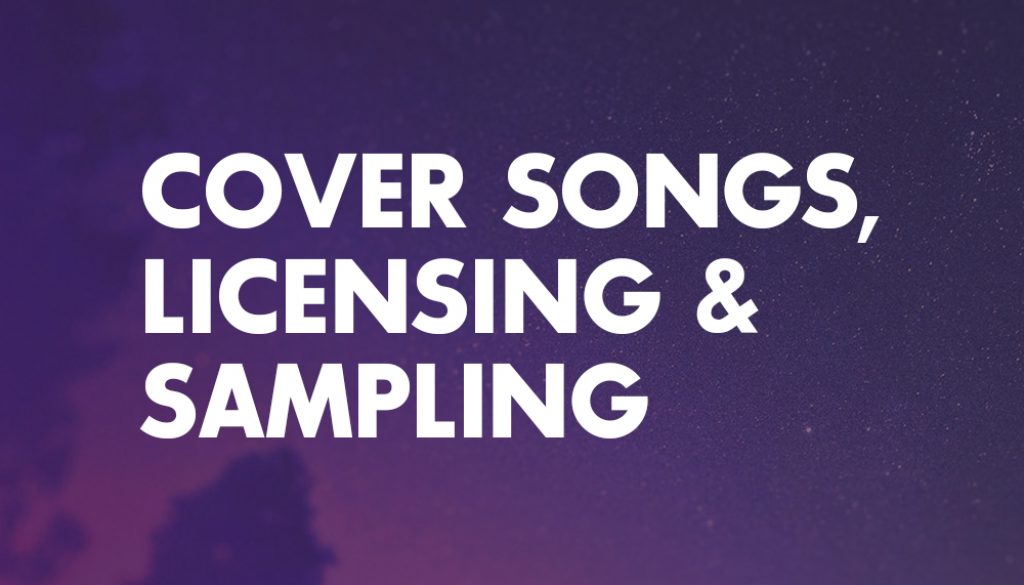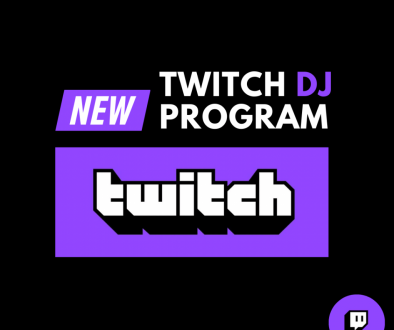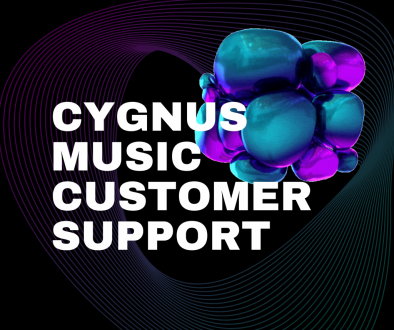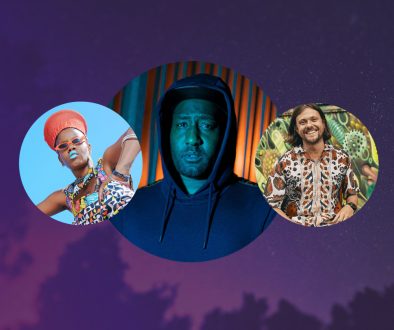Understanding cover songs, licensing & sampling
In the realm of music, covering and sampling can be seen as two interconnected yet distinct concepts. On one hand, covers involve the artistic reinterpretation of existing material, breathing new life into a composition through a fresh recording. On the other hand, sampling entails the innovative recontextualisation of sounds from pre-existing recordings, infusing them into a new musical creation.
However, it is important to recognise that the legal implications surrounding covers and samples diverge significantly for songwriters and music creators. In this article, we will delve into these separate but intertwined subjects, providing you with a comprehensive understanding of how copyright law addresses covers and samples, and the potential impact on your publishing royalties.
While some artists opt to steer clear of covering other musicians’ work or incorporating existing music, it remains a prevalent practice within the industry. Hence, it becomes imperative to familiarise yourself with the advantages and disadvantages associated with each approach before embarking on the creation of sample-based tracks or recording cover versions of established songs.
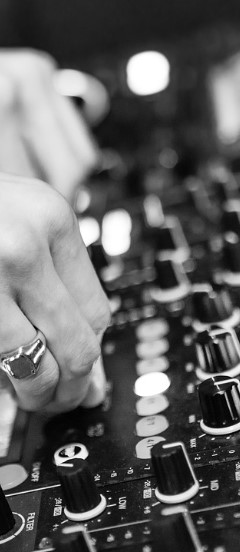
COVER SONGS
Given the rich history of covering songs across various music genres, the legal process for recording and releasing covers is generally straightforward. If you plan to release a fixed digital or physical version of a cover song that stays true to the original lyrics and melody, obtaining a mechanical license from the owner(s) is necessary.
However, if your intention is solely to perform someone else’s work in a live setting, you do not need a mechanical license. Instead, the responsibility falls upon the venue owner to secure a blanket performance license.
When it comes to cover songs released exclusively on streaming platforms like Spotify and Apple Music, a separate license is not required. These platforms already possess blanket mechanical licenses through agreements with publishers. To acquire a mechanical license for recording and releasing another artist’s work in physical or downloadable formats, you will typically approach the composition’s owner, their publisher, or utilise third-party entities.
You can find 3 three organisations that offer licenses for cover songs below.
LICENSING
The process of licensing someone else’s music can be a crucial step for artists, producers, and content creators looking to incorporate copyrighted material into their projects. Whether you’re planning to cover a popular song, sample a recognisable riff, or use a composition as a soundtrack, understanding the licensing process is essential to ensure legal compliance and obtain the necessary permissions. Here are the key steps involved in licensing someone else’s music and shed light on important considerations.
-
Determine the Needed License: Identify the specific type of license required for your intended use, such as cover songs, samples, or synchronisation for visual media. Research the requirements to ensure compliance with copyright laws.
-
Contact the Rights Holder: Find and reach out to the rights holder, whether it’s the artist, publisher, or a licensing agency. Utilize PROs, copyright databases, or third-party licensing agencies to assist in identifying the appropriate party.
-
Negotiate and Agree on Terms: Engage in open communication with the rights holder to negotiate terms such as duration, territories, royalty rates, and additional conditions. Aim for a mutually beneficial agreement.
-
Obtain a Written License Agreement: Formalise the agreement in a written license document. Clearly outline the licensed usage, payment terms, restrictions, and obligations to protect both parties and ensure clarity.
-
Fulfil Requirements and Payments: Adhere to the license’s obligations, such as submitting cue sheets or sales reports. Promptly fulfil payment obligations, including royalties or licensing fees.
Conclusion: Licensing someone else’s music is a responsible process for incorporating copyrighted material into your projects. By understanding the license needed, contacting the rights holder, negotiating terms, obtaining a written agreement, and fulfilling obligations, you can navigate the licensing process successfully. Approach it with respect for the original artist’s rights, ensuring lawful and collaborative use of their music while honouring their creative contributions.
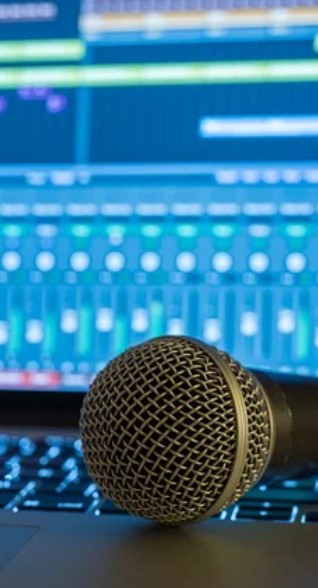

SAMPLING & INTERPOLATION
Sampling and interpolation samples are powerful techniques employed in the music industry to add depth, creativity, and nostalgia to new compositions. These methods involve incorporating elements from pre-existing recordings into original works. In this article, we will explore the concepts of sampling and interpolation samples, shedding light on their significance and impact in modern music production.
Sampling: Sampling involves integrating portions of existing recordings into new compositions, allowing artists to pay homage, create unique sounds, and evoke familiarity. Proper clearance and licensing are crucial for legal compliance and giving credit to original creators.
Interpolation Samples: Interpolation samples reinterpret recognisable segments from previous songs, infusing new compositions with nostalgic elements and creative twists. Permissions and licenses are essential to respect the rights of original creators.
Impact and Evolution: Sampling and interpolation samples have greatly influenced genres like hip-hop and electronic music, enabling experimentation and innovation. They bridge musical eras and genres, fostering cross-pollination and shaping production techniques.
Legal Considerations: Clearing samples and obtaining licenses is vital to avoid copyright issues. Various licensing agencies and platforms help artists secure permissions and ensure proper credit and compensation.
Conclusion: Sampling and interpolation samples offer artistic potential, bridging musical gaps and creating captivating compositions. By embracing these techniques while respecting legal obligations, artists can innovate and deliver compelling experiences to audiences worldwide.

